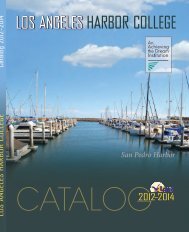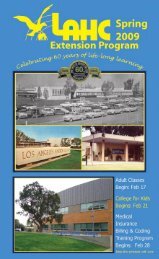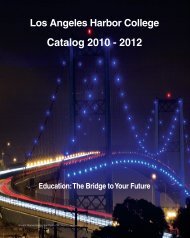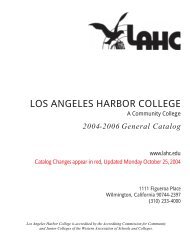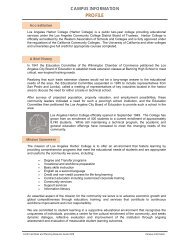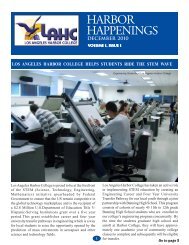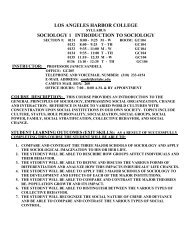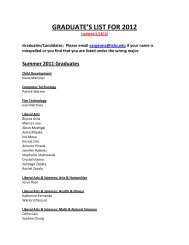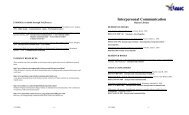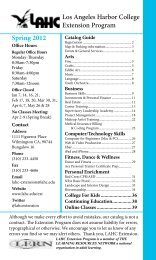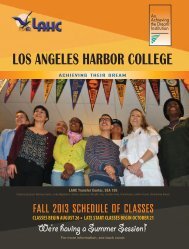National Education Technology Plan - Baker School District
National Education Technology Plan - Baker School District
National Education Technology Plan - Baker School District
You also want an ePaper? Increase the reach of your titles
YUMPU automatically turns print PDFs into web optimized ePapers that Google loves.
APPENDIX A<br />
Joint Federal Activities Promoting<br />
the Use of <strong>Technology</strong> in <strong>Education</strong><br />
The U.S. Department of <strong>Education</strong>’s (ED) Office of <strong>Education</strong>al <strong>Technology</strong><br />
(OET) resides in the Office of the Secretary of <strong>Education</strong>. OET provides<br />
leadership to maximize technology’s contribution to improving education.<br />
OET develops national educational technology policy and implements policy<br />
departmentwide supporting the goals of No Child Left Behind. OET helps<br />
to ensure that ED programs are coordinated with efforts across the federal<br />
government.<br />
The most significant of the joint activities of the U.S. Department of <strong>Education</strong><br />
and other federal government entities is the Administration’s interagency<br />
working group to examine how America’s technological leadership could be<br />
better deployed in education and training. The U.S. Department of <strong>Education</strong><br />
and other agencies across the federal government are promoting the use of<br />
technology in education through this Working Group on Advanced Technologies<br />
for <strong>Education</strong> and Training. The interagency Advanced Technologies Working<br />
Group fosters and promotes the development, application, and deployment<br />
of advanced technologies in education and training in the United States. The<br />
Group convenes under the aegis of the President’s <strong>National</strong> Science and<br />
<strong>Technology</strong> Council. The Department of <strong>Education</strong>’s Director of <strong>Education</strong>al<br />
<strong>Technology</strong> and the Under Secretary of Commerce for <strong>Technology</strong> serve as<br />
co-chairs. Other members include: U.S. Department of Agriculture, U.S.<br />
Department of Defense, U.S. Department of Energy, U.S. Department of<br />
Health and Human Services, U.S. Department of Homeland Security, U.S.<br />
Department of the Interior, U.S. Department of Labor, Institute of Museum<br />
and Library Services, Library of Congress, <strong>National</strong> Aeronautics and Space<br />
Administration, <strong>National</strong> Endowment for the Arts, <strong>National</strong> Endowment<br />
for the Humanities, <strong>National</strong> Science Foundation, <strong>National</strong> Security Agency,<br />
and the White House Office of Science and <strong>Technology</strong> Policy.<br />
48<br />
The Working Group’s agenda has two main areas of interest. First, inventory<br />
and examine federal investments focused on the development of advanced<br />
technologies for learning, and the development of digital libraries and other<br />
technology-enabled learning resources. The group will then determine how



